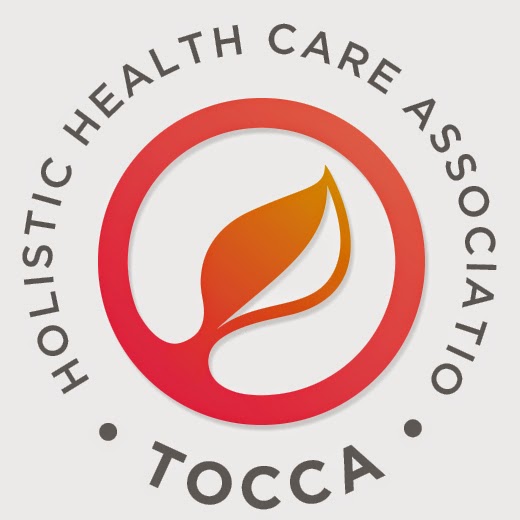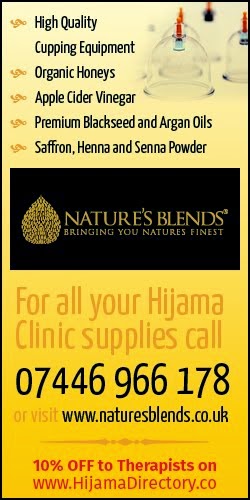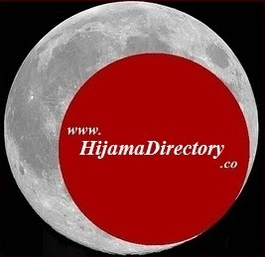The following is a an announcement by The Optimum Cure & Care in Leicester, about their Hijama course.
Alhamdulillah, with the mercy, blessing and guidance from ALLAH, The Optimum Cure and Care is now officially a Membership and Training Professional Body Association for Islamic Holistic Healthcare. The Optimum Cure and Care Association (TOCCA) keeps a Register of Certified and Insured Practitioners.
- The Optimum Cure and care Association (TOCCA) values and promotes diversity of Islamic Holistic healthcare, with particular promotion and development of Al-Hijama as a form of Islamic Complementary and Alternative Medicine.
- The Optimum Cure and Care training centre graduates are eligible to sign up to TOCCA and get their professional membership. The Optimum Cure and care Association has been assigned by the General Regulatory Council for Complementary Therapies (GRCCT) as training provider for Holistic Al-Hijama therapy in the UK. The Optimum Cure and care Association (TOCCA) is also has become WFH Affiliated Association.
- The Optimum Cure and Care training centre is the leading centre that have registered on The UK Register of Learning Providers and our Al-Hijama course meets the educational standards in line with British government guidelines for the practice of Al-Hijama therapy in the UK.
- The Optimum Cure and Care is a training courses category registered trademark property which is protected under European Law, hence our certification is a legally protected certification. Our accredited certificate allows our students to practice Hijama in many parts of the world (Please check the requirements and regulations of your local Authority/ Country).
- Our training program’s certificate is recognised by the UK’s leading insurance companies which enables our graduates to be eligible to obtain professional indemnity insurance cover on completion of the course. Members of the TOCCA are all bound by a code of conduct and standards of expertise that is in line with NOS, UK policies and laws as well as established professional ethical conduct guidelines.
- TOCCA members are dedicated to representing "the professional aspect of the Islamic Complementary and Alternative Medicine and by promoting research, education and knowledge in the field within a viable and highly desirable form of healthcare. Our graduates are eligible to register themselves on the GRCCT national register and practice Alhijama as the pioneer AlHijama practitioners in the UK to be practicing as registered and regulated practitioners in line with government guidelines. Our accredited certificate allows our students to become members of BIHMC and CMA
Further Information
If you would like any further information regarding this course, please call an advisor on (0044) 03330118585, mobile (0044) 07880741045 or email info@theoptimumcure.com
Current Special Offer:
Get 10% off the The Optimum Cure & Care Al-Hijama Course Fees, pay £585 instead of £650
Additional 5% Discount for members of the Hijama Directory:
If you are a Hijama Therapist registered on the Hijama Directory, then we have negotiated a further 5% Discount for you with The Optimum Cure & Care, giving a total discount of 15% off their course fees. So you only pay £552.50*. Please quote 'The Hijama Directory' on your application* This Special Offer is only valid when full payment is made, and not valid for payment by instalments
FEATURED ORGANISATION:
The Optimum Cure & Care
LOCATION
Leicester
England
CONTACT DETAILS:
Tel: (0044) 07880741045, (0044) 03330118585
Email: info@theoptimumcure.com
Website: www.theoptimumcure.com
_________________________________________________
Our thanks to Dr Amal from The Optimum Cure & Care from Leicester England for sharing the above post. If you have any questions or want to leave some feedback on their course, then please do so via a comment* below.
If you are a hijama therapist or patient and are happy to share your knowledge or experience via a guest blog-post like the one above, please contact us by filling the form on the top right corner of the blog.
*Comments are moderated to prevent spamming so may take some time to appear
---------------------------------------------











